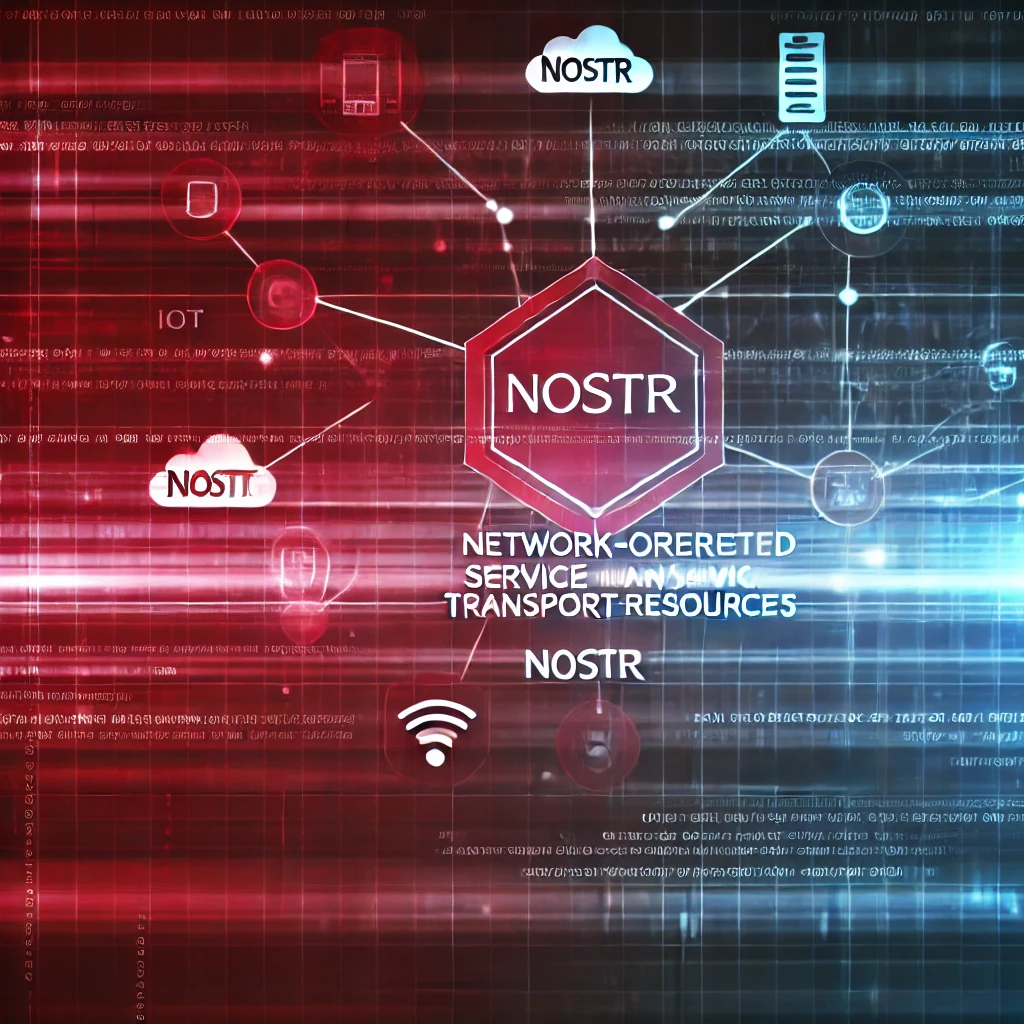Creating an Ubuntu 22 virtual machine (VM) on Google Cloud Platform (GCP) is a straightforward process.
In this detailed blog post, I’ll guide you through the step-by-step procedure to set up a VM using Google Cloud, taking advantage of the free credits that Google often provides for new users.
A Step-by-Step Guide to Creating a Free Ubuntu 22.04 LTS Virtual Machine on Google Cloud
Google Cloud Platform (GCP) offers a convenient and scalable infrastructure for deploying virtual machines in the cloud. In this guide, we’ll walk through the process of creating an Ubuntu 22 virtual machine on GCP, taking advantage of the free credits provided to new users.
Prerequisites:
- A Google Cloud Platform account. If you don’t have one, you can sign up for free at Google Cloud Console.
- Verify that your account is eligible for free trial credits.
Step 1: Accessing the Google Cloud Console:
- Open your web browser and navigate to Google Cloud Console.
- Sign in with your Google account.
Step 2: Activating Free Trial Credits:
- If you are eligible for free trial credits, you will see a notification prompting you to activate them. Follow the on-screen instructions to activate your free trial.
Step 3: Creating a New Project:
- In the Google Cloud Console, click on the project drop-down menu in the top navigation bar.
- Click on the “New Project” button.
- Enter a name for your project, and click “Create.”
Step 4: Enable Billing:
- In the Google Cloud Console, navigate to the “Billing” section.
- If prompted, select your project and enable billing.
Step 5: Navigate to Compute Engine:
- In the Google Cloud Console, click on the hamburger menu in the upper-left corner.
- Under the “Compute” section, select “Compute Engine.”
Step 6: Create a New Virtual Machine:
- Click on the “Create” button to create a new VM.
- In the “Name” field, enter a name for your VM.
- Select “Ubuntu” as the boot disk and choose the version (22.04 LTS, for example).
- Choose a machine type based on your requirements.
- Scroll down to the “Firewall” section and check the “Allow HTTP traffic” and “Allow HTTPS traffic” options.
- Click the “Create” button to create the VM.
Step 7: Accessing the VM:
- Once the VM is created, click on the VM instance name in the Compute Engine dashboard.
- Click on the “SSH” button to open a web-based SSH terminal.
Step 8: Configuring Ubuntu:
- In the SSH terminal, you have access to the command line of your Ubuntu VM.
- Update the package list:
sudo apt update - Upgrade installed packages:
sudo apt upgrade - Customize your VM as needed.
Step 9: Configure Windows Remote Desktop on the VM:
- In the Compute Engine dashboard, note the external IP address of your VM.
- Open the terminal in your SSH session.
- Install the Xfce desktop environment:
sudo apt install xfce4 - Install Xfce’s terminal:
sudo apt install xfce4-terminal - Install xrdp:
sudo apt install xrdp - Start the xrdp service:
sudo systemctl start xrdp - Ensure that xrdp starts on boot:
sudo systemctl enable xrdp
Step 10: Access the VM via Windows Remote Desktop:
- On your local Windows machine, search for “Remote Desktop Connection” in the Start menu.
- Open the Remote Desktop Connection application.
- Enter the external IP address of your VM in the “Computer” field.
- Click “Connect.”
- Enter your VM credentials when prompted.
Step 11: Configure Xfce Desktop Environment (Optional):
- After connecting via Remote Desktop, you’ll see the Xfce desktop environment.
- Customize your desktop environment as needed.
Congratulations! You have successfully created an Ubuntu 22 virtual machine on Google Cloud Platform using free trial credits. This VM can now be used for various purposes, such as web hosting, development, or testing. It has been configured for access via Windows Remote Desktop. This enhanced setup allows you to interact with your VM using a graphical interface, providing a more user-friendly experience.
Remember to monitor your usage to stay within the free trial limits. Google Cloud provides extensive documentation for further customization and optimization of your virtual machines. Explore the possibilities and make the most of your cloud computing experience!
Discover more from Kango Anywhere
Subscribe to get the latest posts sent to your email.




